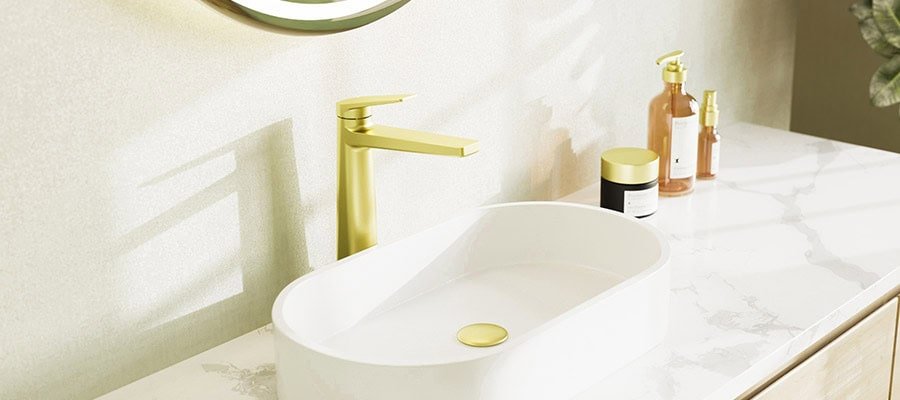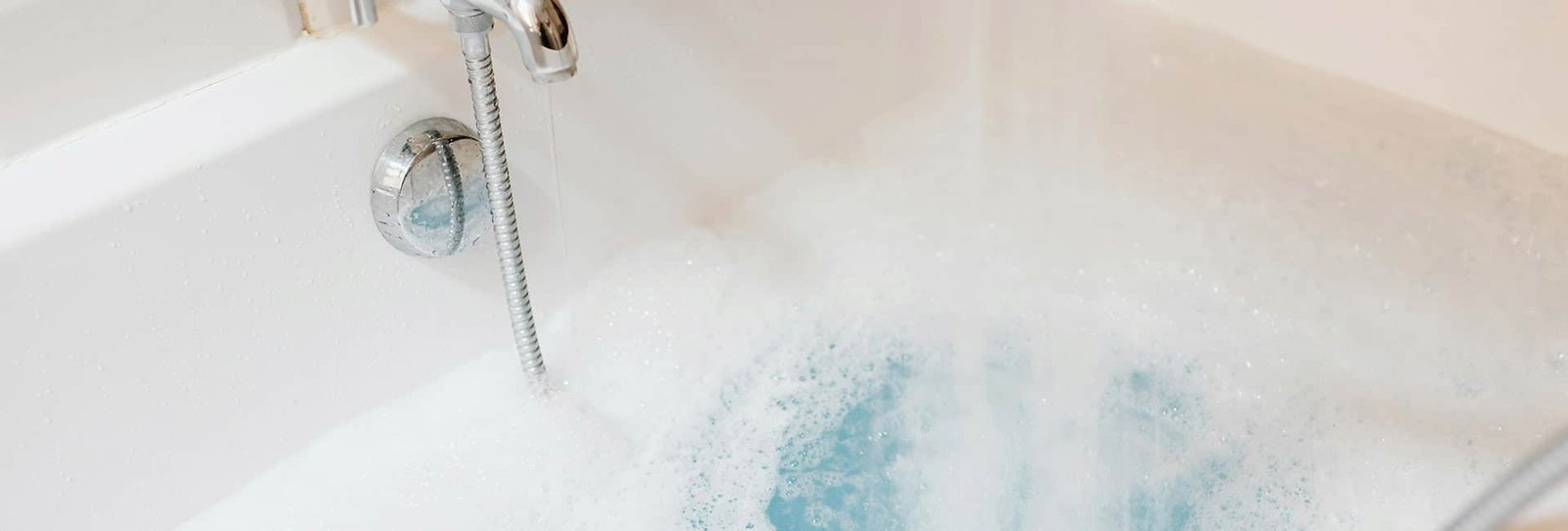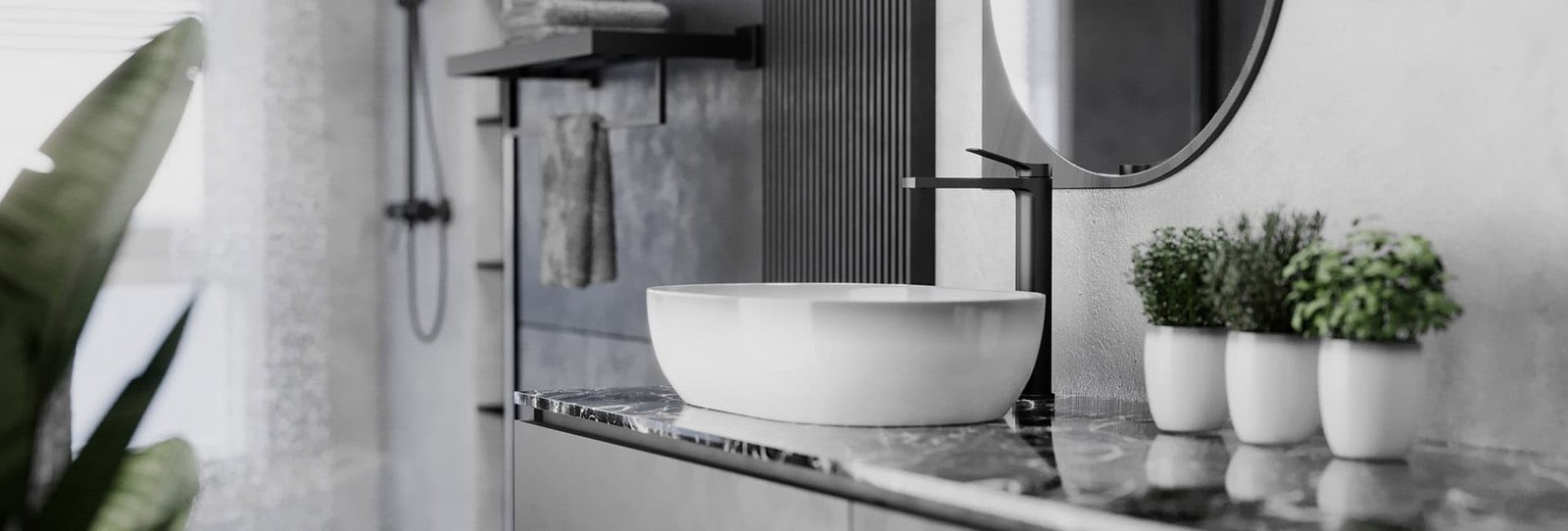The terms faucet vs tap vs spigot refer to plumbing fixtures that control the flow of water, but they have distinct meanings and uses depending on context and location
Spigots are primarily outdoor fixtures used for controlling the flow of water from a container, such as a water tank or barrel. They have a simple design with a handle that can be turned to start or stop the water flow. Faucets, on the other hand, are versatile indoor fixtures typically found in kitchens and bathrooms.
They offer control over both the flow and temperature of water, allowing for a more refined user experience. Faucets also feature a spout and often have a more decorative design compared to spigots.
The term “tap” can be used interchangeably with “faucet” in British English, referring to any device that controls the flow of liquids, including gases.
Keep going to see more details among faucet vs tap vs spigot
Definitions of faucet vs tap vs spigot
Faucet
A faucet is a device typically found indoors, such as in kitchens and bathrooms, that controls the flow of water from a plumbing system. Faucets can manage both hot and cold water and are designed with various styles and finishes to enhance aesthetics.
They usually feature a spout from which water flows and a handle or knob to control the water flow and temperature
Tap
The term tap is often used interchangeably with faucet, especially in British English. It refers to a device that controls the flow of liquid from a pipe or container. In the UK, “tap” is the more commonly used term, while “faucet” is less familiar.
Taps can also refer to devices that dispense other liquids, such as gas, and are found in both indoor and outdoor settings

Spigot
A spigot is generally an outdoor fixture that controls water flow, often connected to a water tank or garden hose. It typically has a single handle or knob and is used to dispense water in outdoor settings, such as gardens or lawns.
Spigots are designed primarily for functionality rather than aesthetics, and they usually do not have temperature controls like faucets do
Summary of Key Differences
Location
- Faucets are usually found indoors (kitchens, bathrooms).
- Spigots are primarily outdoor fixtures.
- Taps can be found both indoors and outdoors
Functionality
- Faucets can control both hot and cold water and often have more complex designs.
- Spigots typically control only cold water and are simpler in design.
- Taps serve a similar function to faucets but can also refer to devices dispensing other liquids
Terminology
In the US, “faucet” is the preferred term for indoor fixtures, while “tap” often refers to the water that comes from a faucet (e.g., “tap water”). In the UK, “tap” is the standard term for both indoor and outdoor fixtures
Summary of faucet vs tap vs spigot in table
| Aspect | Faucet | Tap | Spigot |
|---|---|---|---|
| Terminology & Origin | Common in North America; derived from Latin “fons” (spring or fountain). | Used in British English; derived from Old English “taeppe” (peg for a cask). | Common in North America; derived from Old French “espigot” (small plug). |
| Common Usage | North America; indoor fixtures, especially in kitchens and bathrooms. | UK, Commonwealth countries; indoor fixtures, similar to faucets. | North America; outdoor fixtures, often used for garden hoses. |
| Mounting | Typically integrated into sinks or bathtubs, but can also be wall or counter-mounted. | Typically wall or counter-mounted. | Mounted outdoors, usually attached to a wall or garden hose. |
| Operation | Knob, lever, or advanced touchless technology. | Traditional knob or lever handle. | Traditional handle, sometimes with a backflow preventer. |
| Flow Control Component | Cartridge or disc. | Valve. | Valve. |
| Temperature Control Component | Thermostat or mixing valve. | Mixer. | Not typically applicable, as spigots are usually for cold water only. |
| Primary Function | Controls the flow of water in sinks, bathtubs, and sometimes showers. | Controls the flow of water in sinks, bathtubs, and other fixtures. | Controls the flow of water outdoors, primarily for garden hoses. |
| Material | Brass, stainless steel, plastic | Brass, stainless steel, plastic | Brass, galvanized steel |
| Special Features | Water-saving aerators, touchless controls | Ceramic disc cartridges, traditional and modern designs | Frost-free options, backflow preventers |
| Key Consideration | Choose based on style, needs, and reliability. | Choose based on style, needs, and reliability. | Choose based on outdoor use, durability, and weather resistance. |
Are there specific regions where one term is more commonly used than others
Yes, there are specific regions where certain terms for water fixtures are more commonly used than others:
Faucet vs Tap
In the United States, faucet is the more common term used to refer to indoor fixtures that control the flow of water, such as those found in kitchens and bathrooms.
In the United Kingdom and many Commonwealth countries, tap is the preferred term for both indoor and outdoor fixtures that dispense water
Spigot
Spigot is a term more commonly used in the United States to refer to outdoor fixtures that control the flow of water, such as those connected to a hose or water tank.
In the UK and other English-speaking countries, tap is used interchangeably with spigot for outdoor fixtures as well.
Regional Variations
In some regions of the US, tap may be used more frequently, such as in the South, where it is part of the regional vernacular.
In Latin America, español is the most common term used to refer to the Spanish language, while in Spain, both español and castellano are used depending on the region and context.
So, while faucet and tap can be used interchangeably in many contexts, their usage tends to follow regional patterns, with faucet being more common in the US and tap being more widely used in the UK and Commonwealth countries. Spigot is a term more specific to the US.
FAQs
About Luxuryhome
Luxuryhome is not just a faucet manufacturer or wholesaler, but more like a partner who can provide you with more added value.
We are united in our determination to produce China-made bath and kitchen fixtures adhering to the highest ethical principles. You have our promise!
More post you may interested in









